|
Spring is in the air, and I’m taking a virtual trip to the Lake Garda region in northern Italy to savor a few wines and cheese. Lake Garda is the largest lake in Italy and is one of the northernmost Mediterranean climates in Italy. Garda DOC comprises ten historic appellations mainly located along the western shore. A predominantly hilly production area surrounds the lake, extending from Valtènesi to Valpolicella, from the banks of the Mincio River to Verona. From the maps below, one can se that Garda DOC is partially located in Lombardy and then continues eastward onto a small area in Veneto. To kick off the spring season, I have two wines, some delectable Piave DOP cheese from the Veneto region, and a mouth-watering recipe from the kitchen of MamaBlip in Florence. Valtènesi Riviera Del Garda Classico Rosso DOC Valtènesi is a subzone of the DOC for Chiaretto. This lovely rosé is sourced from vineyards in Lombardy, and the blend is Groppello, Sangiovese, Barbera, and Marzemino. The soil is rich in mineral salts which adds sapidity to the wine. Nose: Floral, red berries, citrus, and spice. Palate: Aromas segue onto the palate with a touch of saltiness, red ruby grapefruit, honey, and spices that linger on the finish. A fresh and lively wine! Alcohol: 13% Cantina Di Custoza Spumante Extra Dry, Garda DOC The grapes for this sparkling wine are sourced from the Veneto area and are a blend of Chardonnay and Garganega. The Charmat method is used to produce this wine. Nose: Delightful floral and red fruit aromas. Palate: Fine bubbles with notes of pear, peach, honeysuckle, and minerality. The gentle fruit and floral notes combined with the nutty flavors of Piave cheese are divine. Alcohol: 11.5% Piave DOP is a hard, cooked curd cheese that is only produced from indigenous Italian cattle breeds in the Dolomites area of the Belluno province in Italy’s Veneto region. The Consorzio di Tutela Del Formaggio Piave was created in 2010 to protect from misuse or counterfeiting, in addition to making sure that all traditional production techniques are used. There are five different age classifications, with ages ranging from 20 days to over 18 months. Piave Fresco DOP (20/60 days), Piave Mezzano DOP (61/180 days) Piave Vecchio DOP (>180 days), Piave Vecchio Selezione Oro DOP (>12 months) Piave Vecchio Riserva DOP (more than 18 months). Piave Mezzano DOP Mezzano is a medium-aged cheese with a straw yellow color and aromas of nuts and milk. The palate offers mild, buttery, fruity, and sweet and savory flavors. Piave Vecchio Selezione Oro DOP (12 months) The color of this cheese is dark yellow showing its age. It is rich and smooth with a pronounced walnut flavor, hints of fruit, and a touch of sweetness. The sweet and savory flavors linger on the palate. Piave DOP cheese is an excellent addition to recipes as well as enjoying with a glass of wine. Here is a recipe to savor, courtesy of mamablip.com, based in Florence, Italy Risotto with Artichokes and Piave Cheese
“Risotto, artichokes, and cheese: what can go wrong? In our eyes, absolutely nothing, but making the perfect risotto is sometimes harder than you think. That is where Piave DOP Cheese comes into play: although most risottos finish with a little parmesan cheese to better amalgamate the dish, making cheese one of the starts of this dish really makes a difference! If artichokes are in season, we recommend using them as often as possible: their nutritional values and benefits are immense. It doesn’t hurt that they're absolutely amazing and packed with taste!” mamablip.com Ingredients: Onion 0.5 Carnaroli Rice (for Risotto) 320 grams Artichokes 4 Piave DOP Vecchio Cheese 100 grams White wine 1 cup Salt as needed Preparation: Prepare the Risotto Finely mince the onion. In a large saucepot, boil the broth that will be used to cook rice. In a sauté pan, heat extra-virgin olive oil to coat the pan. When heated, add the onion and cook until lightly browned. Once browned, add rice. Cook until lightly toasted over low heat, add white wine. Once the wine has cooked off, slowly add broth a ladleful at a time. Add more liquid as rice absorbs the broth. Add artichokes Using a sharp knife, remove upper part of artichokes, then remove tough outer leaves until you reach soft inner leaves. Remove green section surrounding the artichoke heart, and cut artichokes lengthwise. You should have 8 quarters from each artichoke. When the risotto is halfway cooked, add the artichokes and continue cooking by adding broth. Complete the Risotto Dish: When the risotto is cooked, turn off the heat. Season with salt, add a cube of butter, possibly cold, and shave a generous portion of Piave DOP cheese. Continue stirring slowly for at least 2 minutes to 'mantecare' your risotto. Serve hot. Until next time… Cheers! Penina To leave a comment or if you have an inquiry, please contact me at [email protected] For the past several months my wine glass and I have been touring a variety of wine regions around the globe. It can be a bit challenging when one is doing it from their living room! So, I was ecstatic when the Loire Valley Wines paid a visit to my home bearing gifts of wine and a sumptuous meal! The Loire Valley wine region is France’s third-largest winemaking region. It spans 170 miles and is located in the middle stretch of the Loire River, (France’s longest river) in central France. Loire Valley is also called the “Garden of France” noted for its vineyards, floral gardens, castles and historic towns. There are more than 4000 wineries, and 57,400 hectares of vineyards. The vineyards are situated along the river that stretches from the Atlantic coast to north-central France. Diversity in soil composition and climate along this stretch plays a key role in the production and characteristics of the wine. The Loire Valley is divided into five sub-regions each with its own characteristic grapes, appellations and styles. There are 51 appellations of origin (AOP) and six protected geographical indication (IGP). Most of the wines produced here are pressed from a single varietal as opposed to most classic French wines that are blended. There are 24 grape varieties in the Loire Valley with the vast majority of production being white wine. The leading white varietals are Melon De Bourgogne, Chenin Blanc and Sauvignon. The leading red varietals are Pinot Noir, Cabernet Franc and Gamay. My focus today is on Chenin Blanc. Chenin Blanc (Pineau de la Loire) This versatile grape produces dry, off-dry, sparkling and sweet dessert wines. “Unlike any other grape except Riesling, Chenin Blanc can be vinified in a range of styles from austere, mineral, and refreshing to rich, honeyed, and sweet, and its versatility surpasses Riesling in that it also makes excellent sparkling wine.” loirevalleywine.com I received three bottles of Chenin Blanc representing different styles and sub-regions of the Loire Valley. These wines were paired with a beautiful dinner prepared by Chef Bernard Bouissou of Bernard’s Restaurant located in Ridgefield, CT. Thanks to Loire Valley Wines, my dinner was ready for curbside pickup in keeping with “safe dining” during COVID-19. The appetizer was Warm Goat Cheese Salad with mixed greens, caramelized walnuts & pears. For the main course Chef Bernard made a mouthwatering Roast Halibut Filet with carrot risotto, asparagus, sugar snap peas and chanterelle chive sauce. I tasted all of the wines with each course and my palate was singing! La Forcine Vouvray Demi-Sec AOP 2018 Vouvray is located in the sub-region of Touraine and is especially noted for demi-sec, sparkling and sweet wine production. This particular wine is 100% Chenin Blanc, harvested from soils dominant in limestone- rich tuffeau. (A porous limestone that contributes to acidity in the grapes.) This off-dry wine has intoxicating aromas of floral, candy apple and a hint of citrus. A lush palate of apples, pear, honeysuckle, melon and citrus are well balanced with this mineral-rich and zesty acidic wine. It was a winning combination with the savory goat cheese! Pair with fish, white meat, cream sauces and savory cheese. Or enjoy it as an aperitif! Alcohol: 12.5% SRP: $13 Domaine de L’Echantoir “Terres Blanches” AOC 2018 This 100% Chenin Blanc is hand-harvested from certified organic vineyards in the Saumur sub-region. Vineyards are scattered over limestone slopes and are exposed to a temperate maritime climate. This wine is matured for eight months on lees in concrete vats. Lovely aromas of white flowers, apricot and white fruit lead to a palate of pear, citrus, honeysuckle and a hint of anise with vibrant acidity. This paired well with both courses and I especially enjoyed it with the halibut. Serve with seafood, shellfish, salads and cheese. Alcohol: 13% SRP: $19 Château D’ Epiré Grand Cru D’Anjou 2017 AOC and (Appellation Savennières Controlee) Chenin Blanc is the only grape allowed in Savennières appellation, which is located in the Anjou sub-region. Grapes are hand-harvested from sandstone shale soil that contributes to the minerality and freshness of this wine. A mild climate and the benefits of south, southwest exposure adds to the grapes’ optimum ripening. 18+-year-old oak barrels are used to age the wine for nine months. Soft white fruit aromas, citrus, floral, and honey open to succulent flavors of white grapefruit, honeysuckle, peach, minerality and fresh acidity. Aromas persist on the palate through to the finish with a hint of citrus zest at the end. This was a rich and enjoyable wine to drink with both courses. Pair with appetizers, seafood, white meat, grilled veggies.
Alcohol: 13% SRP: $24 Thank you to Loire Valley Wines for this special “dining in” experience. My wine glass and I are on cloud nine! Until next time… Cheers! Penina To leave a comment or if you have an inquiry, please contact me at [email protected] Who says I can’t travel? Whether it’s preparing a regional dish or pouring a glass of wine, tasting the expressions and nuances of a wine region is the next best thing to being there. Three years ago I was a guest of Donnafugata, an iconic and impressive winery in Sicily. My three-day visit with the Donnafugata team was memorable and my palate was introduced to an array of wines and mouth-watering cuisine. While staying at the Contessa Entellina estate, José Rallo (fifth-generation of this family-owned company) and Antonino Santoro, (winemaker) guided us through a notable selection of wines, one of which was Anthìlia, DOC, 2016. I was not a stranger to many of the wines, but it was the first time I tasted their Anthìlia and it was heavenly. Looking back at my notes from that morning, I wrote, “This wine has a beautiful fruity and floral bouquet with a palate of stone fruit, soft citrus and the sea.” From time to time I receive samples of Donnafugata wine and it always transports me back to the magical island of Sicily. So, I was very excited when a bottle of Anthìlia arrived a few weeks ago. I hadn’t had this particular wine since my visit with Donnafugata. Anthìlia DOC 2019 Lucido (Cataratto) is the dominant grape in this wine and is blended with other autochthonous and international grapes. The grapes are fermented in stainless steel and then aged in tanks for two months. Before release, the wine spends at least two months in bottle. This wine is just how I remembered it three years ago! Seductive aromas of floral and stone fruit segue onto the palate with peach, apricot, citrus, a dash of salinity and refreshing acidity. Every sip transported me back to Sicily! Enjoy as an aperitif or with light pasta, seafood and salads. “It is the first wine to have been conceived at Donnafugata and still remains to this day in the hearts of many admirers.” Alcohol: 12.5% SRP: $17 I enjoyed this wine with a simple pasta dish made with sautéed zucchini, red pepper, lemon and herbs. It is topped with grated Parmesan and extra virgin olive oil. If you would like the recipe, please email me. In addition to my pasta dish, here are two recipes courtesy of Donnafugata in the hopes of inspiring you to bring a touch of Sicily into your home. They pair beautifully with the Anthìlia. Spaghetti In Zucchini and Ricotta Sauce Time 50 minutes Difficulty Intermediate Ingredients
Rinse the zucchini, cut off the ends and thinly slice. Heat the oil in a saucepan that can hold the pasta and lightly brown the peeled, lightly crushed cloves of garlic. When the garlic has colored, discard and add the zucchini. Keeping heat high and mixing continuously, fry them until they turn golden and then salt. Put the ricotta into a deep serving bowl and mash with a fork to reduce it to a cream. Cook the spaghetti al dente, drain and cook over high heat in the saucepan with the zucchini. Pour into the serving bowl with the ricotta, add the grated cheese, a generous amount of freshly ground pepper, and minced basil leaves. Mix well and serve piping hot. Shrimp Flavored with Lemon Time
45 minutes Difficulty Low Ingredients (4 serves) 800 gr freshly caught shrimp extra virgin olive oil parsley pepper salt juice of 2 freshly harvested lemons. Instructions Peel the shrimp without washing them; flavor them one hour before serving with salt, pepper and chopped parsley. Add the oil and marinate. Five minutes before serving the shrimp, add the lemon juice. Recipe from Salvo La Rosa – Ristorante “La Siciliana” – Catania Chill the wine, prepare a meal and bring Sicily into your home for an evening! Until next time… Cheers! Penina To leave a comment or if you have an inquiry, please contact me at [email protected] Many of us are frustrated and trying to be inventive in the kitchen as our food supplies dwindle and items become difficult to find. It is one of many challenges during our shelter in place and quarantine due to COVID-19. While rummaging through my kitchen cabinets the other day to take stock of what was left, I discovered a large unopened bag of organic quinoa. It was like finding the Holy Grail! My mind was going a mile minute thinking of all the quinoa recipes I knew and more importantly what ingredients I had on hand that might help me endure another few weeks while sheltering in place. With limited supplies, I decided to make sautéed quinoa cakes. I had one shallot left, a jar of pumpkin seeds (used as a substitute for pine nuts), grated Parmesan, cranberry Craisins, dried herbs, eggs and olive oil. I know it is a strange combination of flavors, but it worked! After gently cooking the quinoa, I set it aside to cool. I combined the minced shallot, pumpkin seeds, Parmesan, Craisins and herbs, one or two beaten eggs as needed and then mixed it into the cooled quinoa, adding salt and pepper to taste. I heated up the skillet with olive oil, formed the quinoa mixture into patties and sautéed them for about five minutes on each side until they were golden brown. A few fell apart but they were very tasty, nonetheless. My next decision was what wine to pair with the quinoa cakes. It was a no-brainer. Donnafugata SurSur 2018 Grillo, Sicilia DOC SurSur is made with 100% Grillo grapes, an ancient indigenous variety from Sicily. Grillo is one of Sicily’s best-known grapes found throughout western Sicily and is noted for its citrus flavors, sweetness and mild acidity. Due to the grape’s high sugar levels, it is ideal for the production of fortified wines. Historically, Grillo was used in the production of Marsala wine. However, Catarratto has taken the lead. And now due to the innovation of winemakers, Grillo has a wide range of styles, from crisp and savory, to structured and mature. It is interesting to note that in 1848 Grillo became a hybrid of Zbibbo and Catarratto. The grapes for SurSur were harvested from Donnafugata’s Contessa Entellina Estate Vineyard located in the Southwestern part of Sicily. The wine is aged in tanks for two months and then at least three months in the bottle before release. This is a “sit up and take notice” fresh wine with enticing aromas of white flowers, citrus, stone fruit and pineapple that segue onto the palate with pear, lemon and a hint of herbs. It has a nice balance of savory and fruit with moderate acidity. Serve as an aperitif or pair with light appetizers, seafood, salads and quinoa cakes! To quote Donnafugata, “SurSur is a fresh and fruity Grillo with a youthful spirit”. Alcohol: 13% SRP: $21 The quinoa cakes and SurSur were a perfect “pas de deux” of sweet and savory and my palate is quite happy! Stay tuned for more #stayhome adventures with limited kitchen ingredients and lots of wine!
Until next time… Stay Safe, Stay Home and Be Well! Cheers! Penina To leave a comment or if you have an inquiry, please contact me at [email protected] I’ve just returned from a whirlwind press trip to Birmingham, Alabama that was filled with adventure, history, excellent Southern cuisine and a whole lot more. I’m taking a quick break before sharing this amazing city with you in a four part series. Last evening with company coming and no time to shop, I took stock of what was available in my kitchen. I had a large spaghetti squash, fresh tomatoes from my garden and a few “salad” items to work with. I really need to go to the market today! I decided to make “squash pasta”. Using my slow cooker, I cooked the squash for about 5 hours. When done, I removed the seeds and scooped out the squash with a fork creating pasta strands. I served one dish with an arrabiata sauce and a sprinkle of Parmesan cheese and the other with extra virgin olive oil and pepper. They were both delicious! A tossed salad of tomatoes and romaine with a glass of wine rounded out the meal. The pour for the evening was a Concha Y Toro 2015 Marques de Casa Concha Chardonnay. 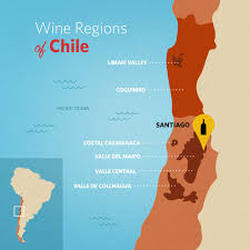 The grapes come from the Quebrada Seca vineyard in Northern Chile’s Limarí region which experiences a long growing season of almost 7 months. The grapes are handpicked and the wine is aged in new and used medium-toasted French Burgundian barrels for 11 to 12 months. This 100% Chardonnay is light yellow with lovely aromas of pear, hints of toasted nuts, yellow plums and melon. The palate is layered with pear, honeysuckle, a touch of lilies and a burst of lemon zest on a long finish. This is a full-bodied, crisp wine with loads of character. Alcohol: 14% SRP: $22 Surprisingly, the Chardonnay paired well with the piquant red sauce. The wine was refreshing and stood up to the spice. This is a versatile wine that will complement many dishes. If you would like to learn more about Concha Y Toro and Chile, please check out my past stories from the menu on the right.  It’s time for me to go food shopping! Have a great day! 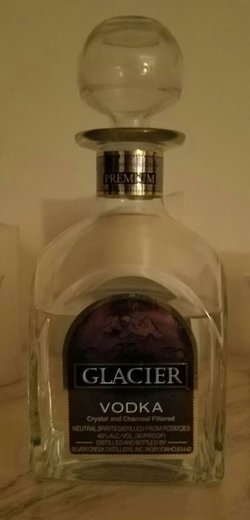 A few days ago I posted a story about Teton Glacier Vodka along with a photo of the bottle. Since then, Teton Vodka reposted the story and photo including an explanation of the bottle’s history, clearing up the age of the vodka for me. This is the original decanter bottle packaging from their 1996 launch! So, this bottle has been hiding in my house for quite a long time! And what’s more amazing is that the vodka is still good! Read my last post for the review. The other evening I opened my last bottle of 2011 D'Isanto & D'Isanto I Balzini Black Label Colli della Toscana Centrale IGT. I reviewed this wine a few months ago and it was every bit as good and consistent in flavor this time. My review of this wine is the same as last time. The wine is a blend of 50% Cabernet Sauvignon and 50% Merlot. “Aromas of dark berries, spice and cocoa were present. The wine had a rich mouthfeel with concentrated berries, dark cherry, plum, licorice and dark chocolate on the palate. As the wine opened over the course of the evening the flavors became more intense. The tannins were soft and the finish was long with cherry and pepper lingering.” I paired the wine with a delicious Spaghetti Zucchini Shrimp dish accompanied by homemade bread. It was perfect! Have a great Wine Wednesday! What will you be drinking?
Cheers! Penina To leave a comment or if you have an inquiry, please contact me at [email protected]  In between the snow and frigid temperatures this past weekend, I ventured out for a holiday party and some good cheer. However, most of my time was spent nesting at home and enjoying friends. Since the cold weather had me craving warm and hearty meals, I put my slow cooker to good use. I made vegetable lasagna, red lentil chili and barley and chickpea risotto. If you would like the recipes, please email me. 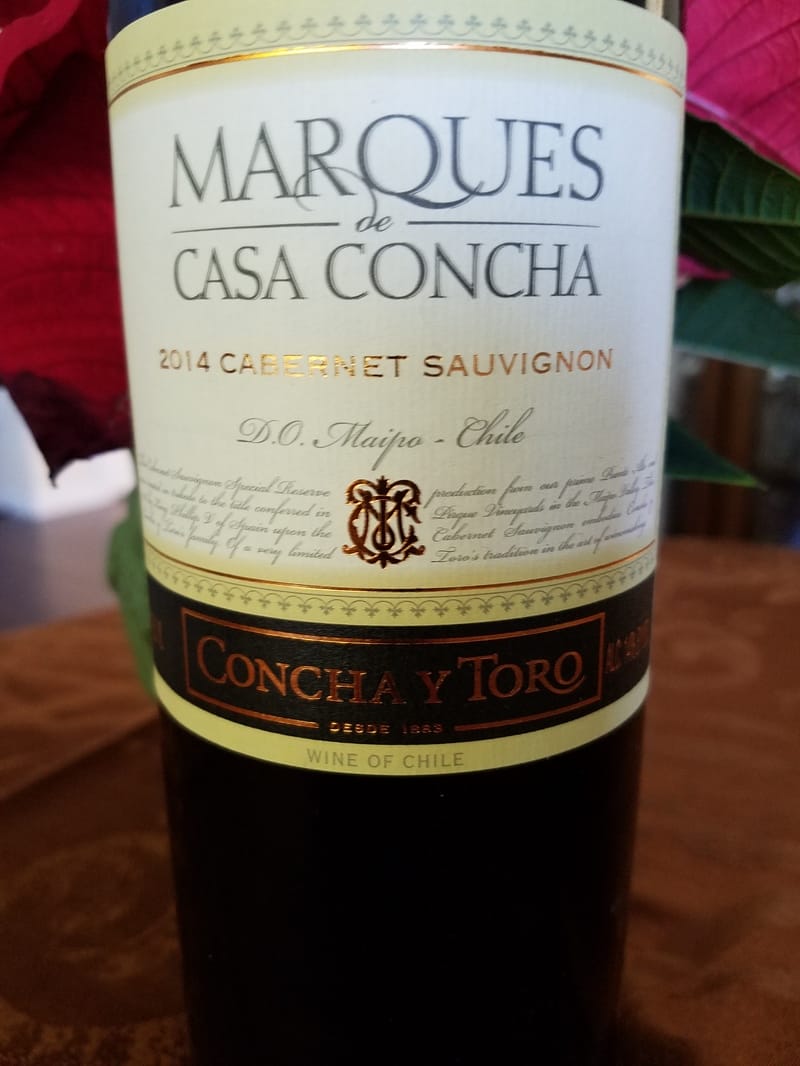 To accompany the meals, I gravitated towards “generous” red wines. One of the wines opened was a 2014 Marques de Casa Concha Cabernet Sauvignon, another wonderful treat from Concha y Toro. Marcelo Papa, one of five lead winemakers at Concha y Toro, makes the Marques de Casa Concha wines. It is also interesting to note that Marcelo Papa is winemaker for the very successful Casillero del Diablo wines which I have tasted and reviewed. The grapes for Marques de Casa Concha are handpicked from single vineyards, except for the Cabernet Sauvignon, which is a blend from the Puente Alto and Pirque vineyards located close to the foothills of the Andes Mountains in the Maipo Valley of Chile. The blend is 92% Cabernet Sauvignon, 6% Cabernet Franc, 1% Merlot and 1% Syrah. The color is midnight ruby with lively aromas of dark fruit and black cherry. Smooth and silky on the palate, the wine is layered with rich and lush fruit, blackberry, plum and spice. Hints of pepper and fennel mingle with the fruit on a long finish. Needless to say, this wine would pair well with any hearty meal! Alcohol: 14.2% Price: $25 I can’t wait to open the Concha y Toro Marques de Casa Camenere and Chardonnay. Happy Tuesday!
Cheers! Penina To leave a comment or if you have an inquiry, please contact me at [email protected]  The holidays are upon us and for the past few days I’ve been immersed in cooking and entertaining. There is nothing better than celebrating with family and friends! 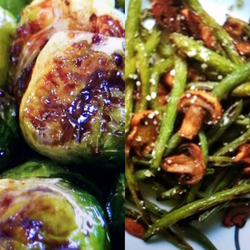 I’m trying to keep the meals as healthy as possible this season while adding a little twist here and there to vegetable side dishes. The roasted brussel sprouts with glazed balsamic vinegar and honey along with fresh green beans tossed with sautéed mushrooms, olive oil, pepper, salt and freshly squeezed lemon were a big hit at a recent gathering. With a few guests under the age of thirty, but over 21, I opened a few “friendly” wines that weren’t too big but went well with the meal and seemed to please all. 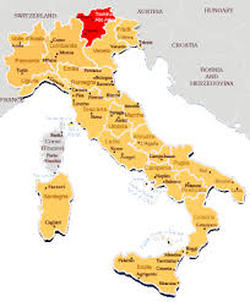 One of the wines that I served was a Pinot Noir Rolhüt 2015 Peter Zemmer from the Alto Adige – South Tyrol region of northern Italy. Although this region is ski country, it enjoys 300+ days of sunshine a year, with temperatures averaging 64 degrees during growing season. A perfect balance of warm days and cool nights sets the stage for producing aromatic wines with expressive character.  Peter Zemmer Photo courtesy of peterzemmer.com Peter Zemmer Photo courtesy of peterzemmer.com Peter Zemmer Winery is a third generation wine making family that was founded by Peter’s grandfather in 1928 and is one of the oldest wineries of the Alto Adige region. The vineyards and winery are in the middle of the valley floor located in the tiny village of Cortina. Peter Zemmer’s belief in organic farming and sustainability reflect in his high quality wines. 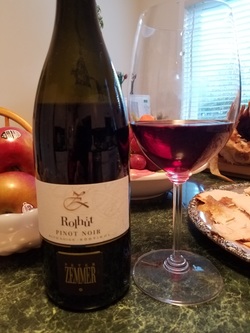 The Pinot Noir Rolhüt is 100% Pinot Noir and is ruby red with lovely aromas of cherry, red berries and a hint of rosehip. The palate offers a juicy combo of cherry, plum and red berries. Tannins are soft with a hint of spice on a long and silky finish. This wine is easy to drink and complements a wide variety of food. In fact, there was just enough left in my glass to sip with the homemade Key Lime pie! Perfect! Alcohol: 13% http://www.peterzemmer.com I’ll talk about the other wines that I served in my next post!
Happy Sunday! Cheers! Penina To leave a comment or if you have an inquiry, please contact me at [email protected]  The World Series begins this evening and it is going to be very exciting with two “underdog” teams playing, the Indians vs. Cubs. I’m rooting for the Cubs! And you? For the next week or so, most of us will be gathered around the television as baseball takes over our lives. Selecting the right food and drink is key while viewing the games. Finger food is great to serve because it requires the least amount of attention to eat. You don’t won’t to be slicing a steak or twirling spaghetti and miss out on a grand slam or someone stealing bases! A variety of “tea size” sandwiches work well, as does mini crab cakes, sushi, and sliders. You can turn most any recipe into bite size portions. Unless you’re watching the game at a bar or restaurant where the bartender is shaking up the cocktails, forget about serving complicated drinks or you’ll be spending most of your time in front of a blender or martini shaker. Wine, beer, cognac and single shot spirits work best. So, have a great evening watching the Series Opener and I’ll be back soon with thoughts on New Zealand wines and some interesting seminars I attended at Simply Italian Great Wines Tour US.
Happy Tuesday! Cheers! Penina 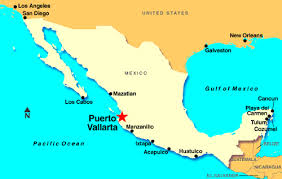 The temperature in Puerto Vallarta yesterday was a sunny 77 degrees. I enjoyed a few hours basking in the culture, albeit I was 2766 miles away! Through the wonderful hospitality of Puerto Vallarta Tourism, I tasted the local cuisine, learned about the culture and all the fun activities that are available in this magical resort.
There are vacation packages to accommodate everyone including family packages, honeymoon packages…and wait for it…divorce packages! There truly is something for everyone! Most of the resorts are all-inclusive and offer great deals. My afternoon started with two traditional non-alcoholic Mexican beverages, Horchata and Agua de Jamaica. Horchata is made with rice, ground almonds, milk, cinnamon and sugar. It is delicious and not too sweet. Agua de Jamaica is made with dried hibiscus flowers and water. It is prepared much in the same way as brewing tea. It was tart, but refreshing. Chef Mario Portillo entertained us with stories as he demonstrated and prepared lunch. Mario began his foray into cooking at the age of five when he helped his father prepare omelets. He has been a chef for the past ten years and will be opening his own restaurant in Puerto Vallarta on October 19th. We were served family style salad and Sea Bass with pineapple-smoked puree on top of bean salad with tomatoes, red onion, peppers and cilantro. It was delicious! The local fish of Puerto Vallarta is Mahi Mahi, Red Snapper, Marlin, Oysters, Octopus, Mussels and Shrimp. Using quality ingredients from the sea and land, there is ample opportunity to sample local fare while vacationing. Pescado embarazado (pregnant fish) is a typical representation. It is grilled fish on a stick that has been marinated in lime over coals and served with huichol salsa. Another favorite dish is Birria, using goat or lamb which is cooked in a very spicy sauce. Tamales, chiles en nogada, shrimp stew, Pico de Gallo and plantain empanadas are also local favorites.
Of course, what would visiting Mexico be without tasting Tequila or touring a distillery! Tequila is made from the Blue Agave plant that is native to Mexico. Tequila is only produced in the state of Jalisco and a few limited municipalities. There are over 1377 registered brands of Tequila to choose from. In addition to Tequila, Damiana, Mezcal, Xtabentún, and Raicilla are also native Mexican drinks. Damiana is an herbal-based liqueur made from the Damiana herb. Mezcal is a distilled beverage made from any agave plant that grows in Mexico. Xtabentún is made from anise seed and fermented honey that is produced by honeybees from the nectar of xtabentún flowers. Rum is then added to the mixture. Raicilla is a distilled spirit. Although it is similar to Tequila and Mezcal, Raicilla is considered a “moonshine” product. I’m looking forward to hopping on a plane to Puerto Vallarta and hopefully spending more than just a few hours enjoying beautiful weather, great cuisine and a little adventure! Salud! Penina |
Categories
All
|

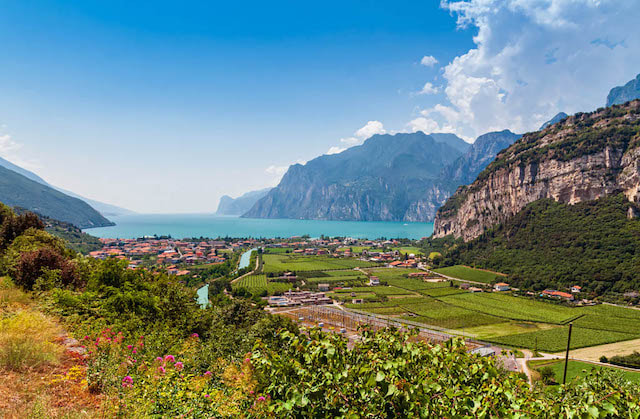
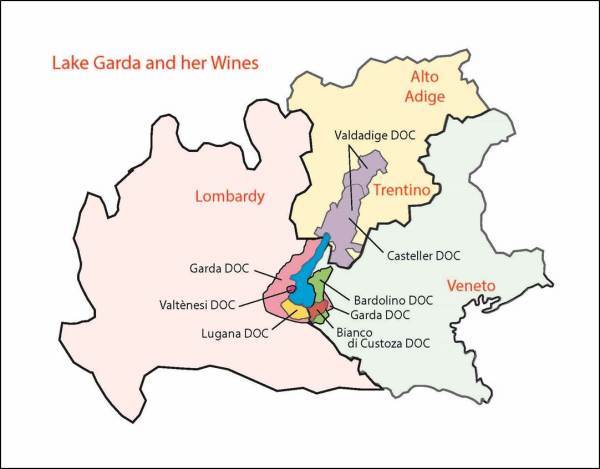
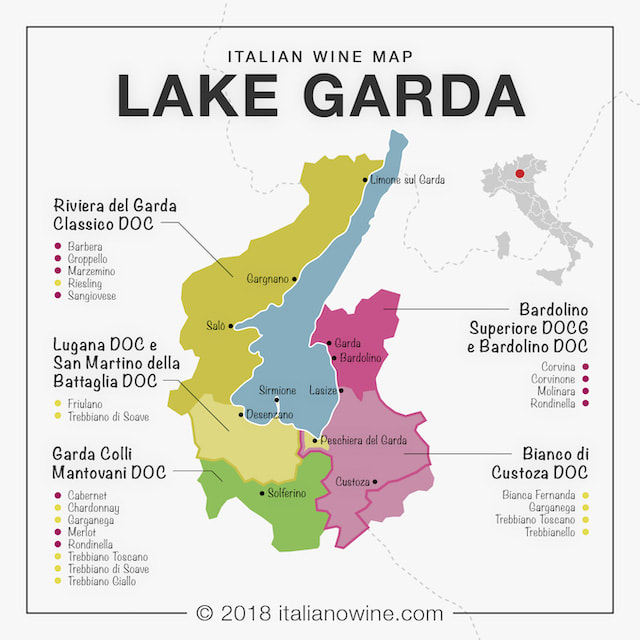
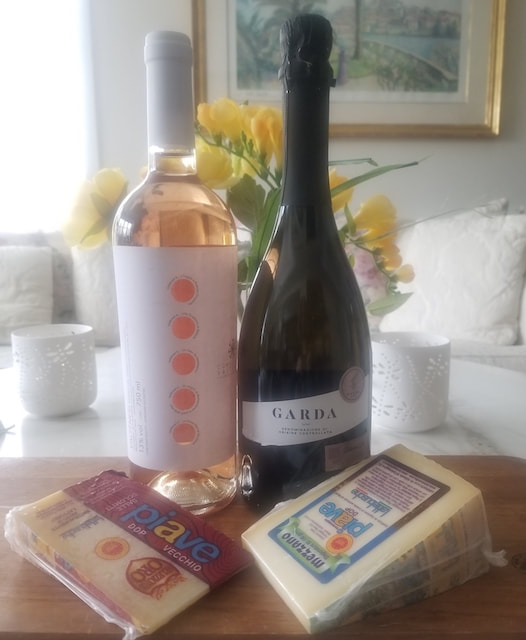
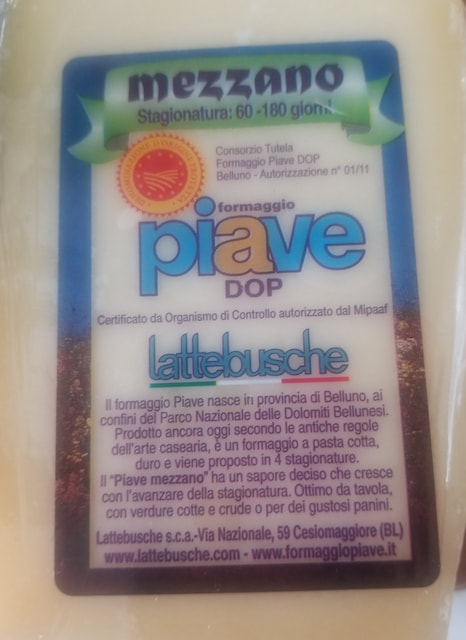
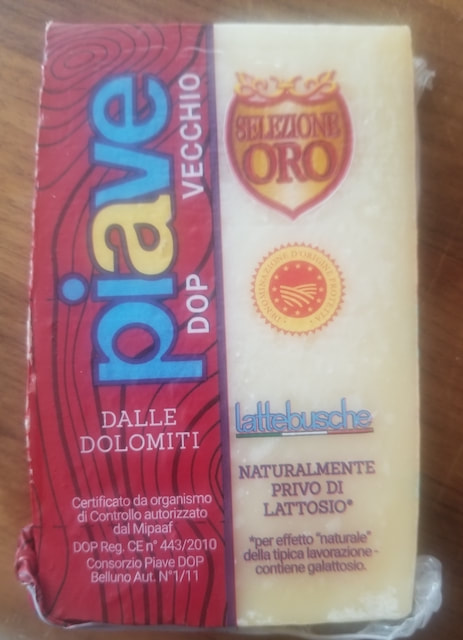
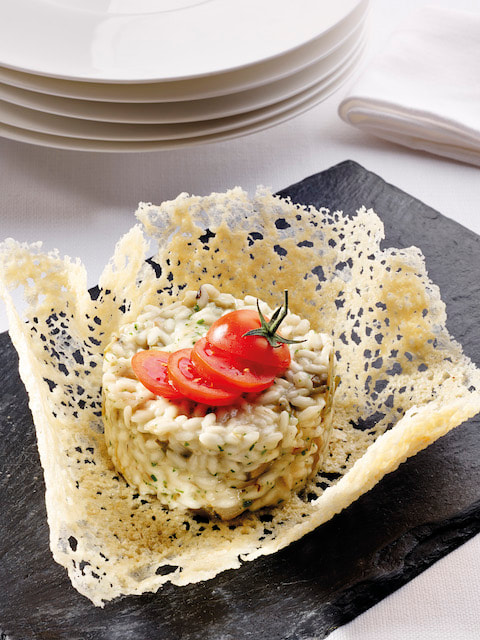
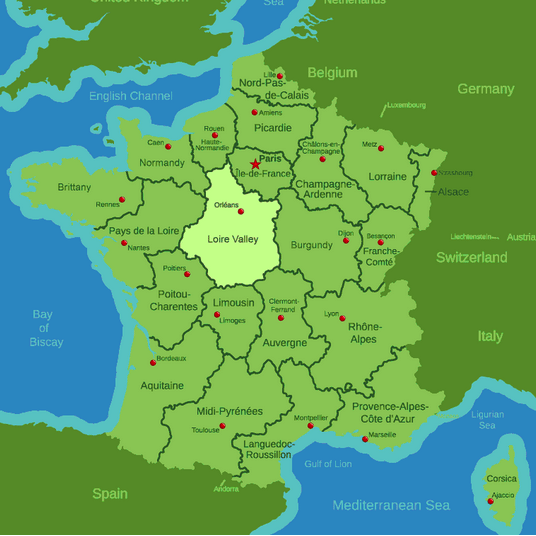
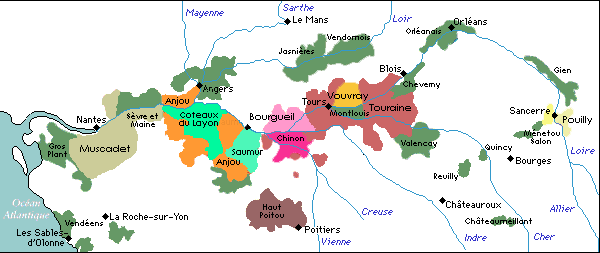
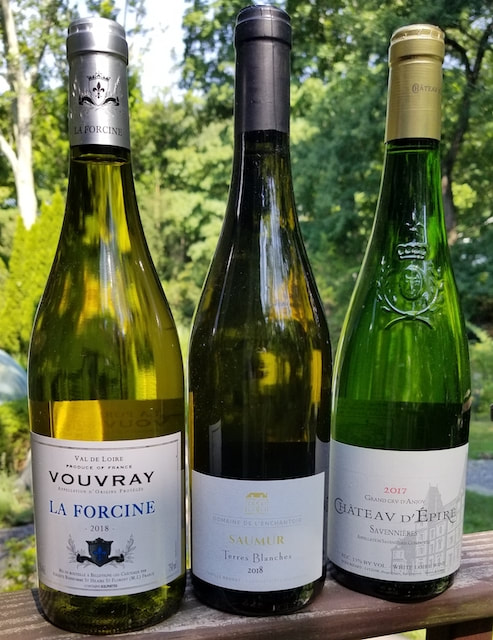
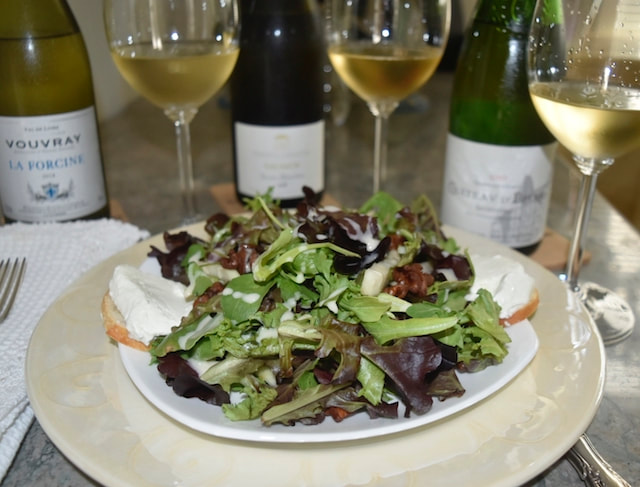
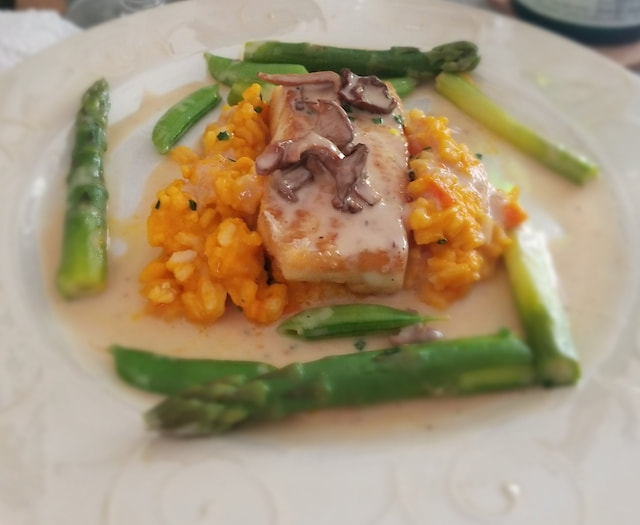
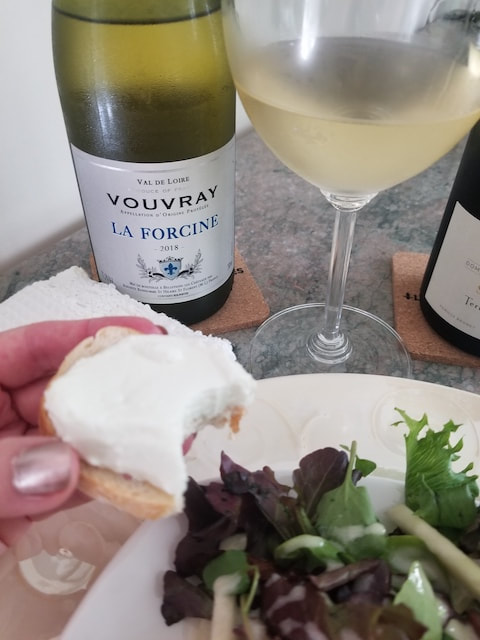
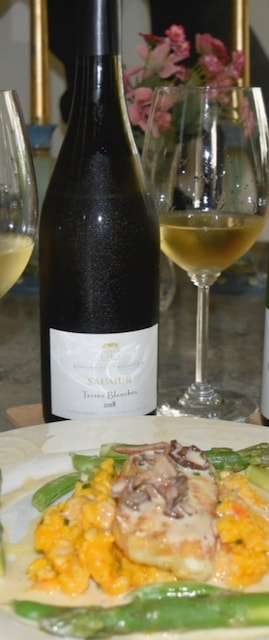
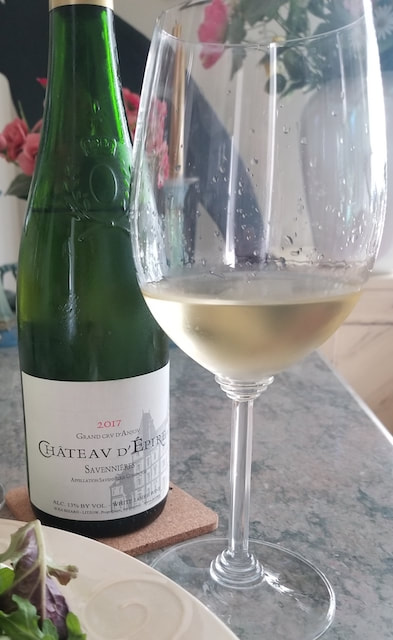
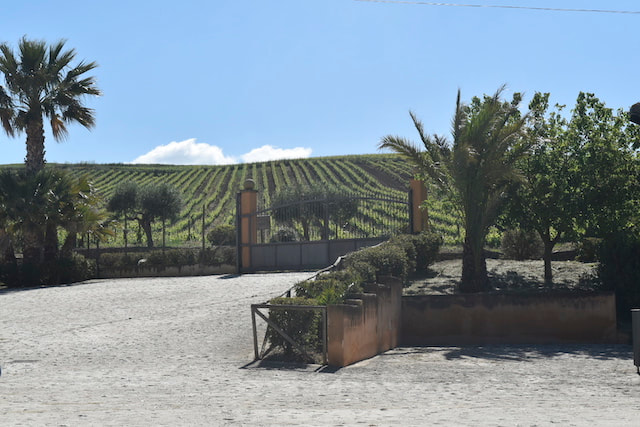
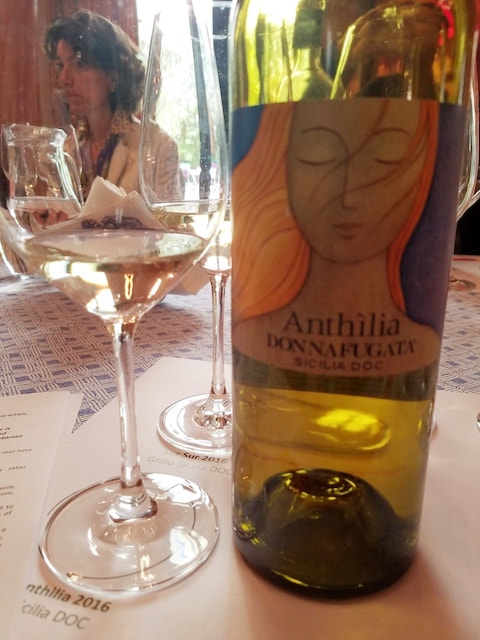
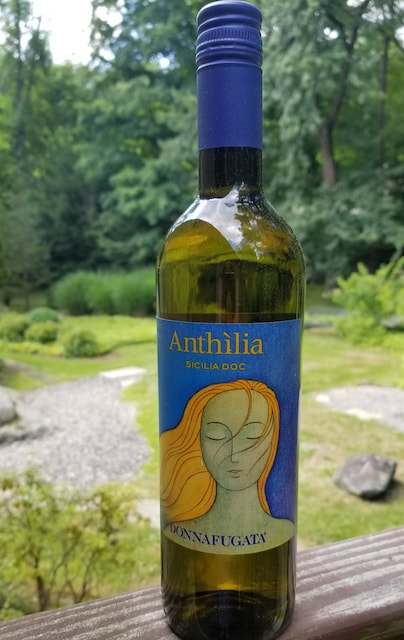
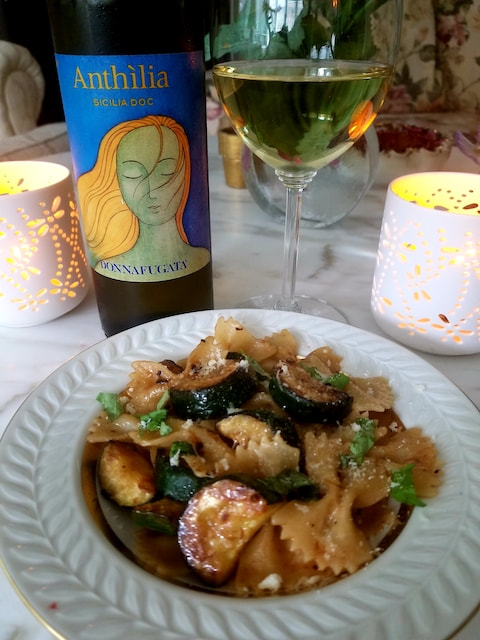
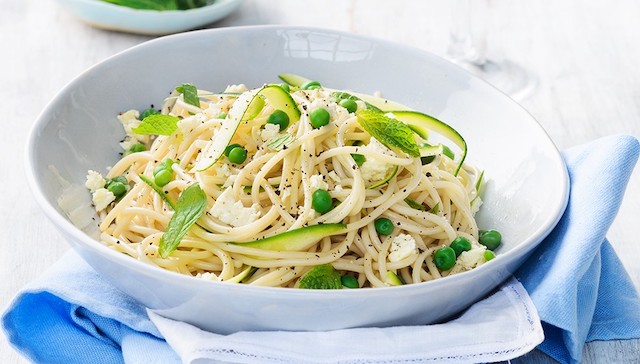
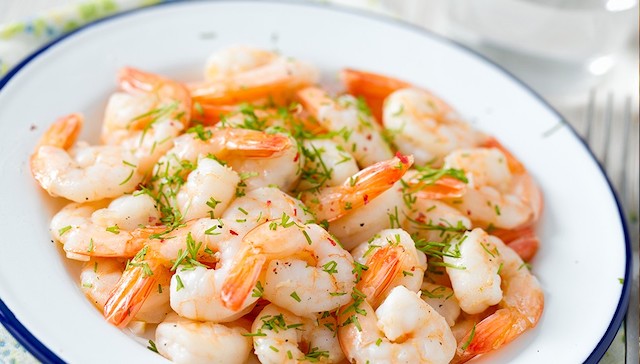

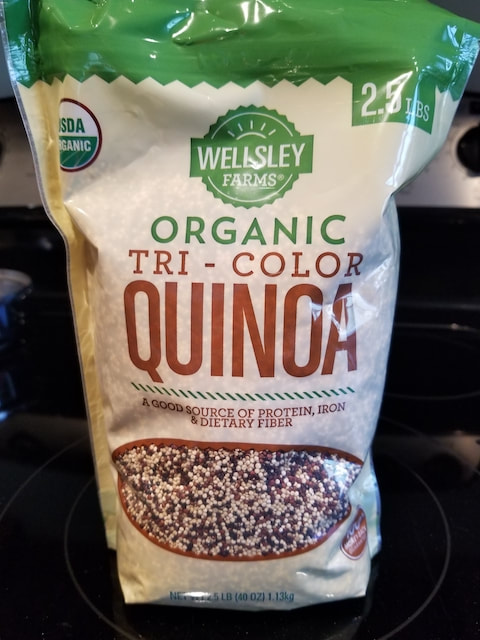
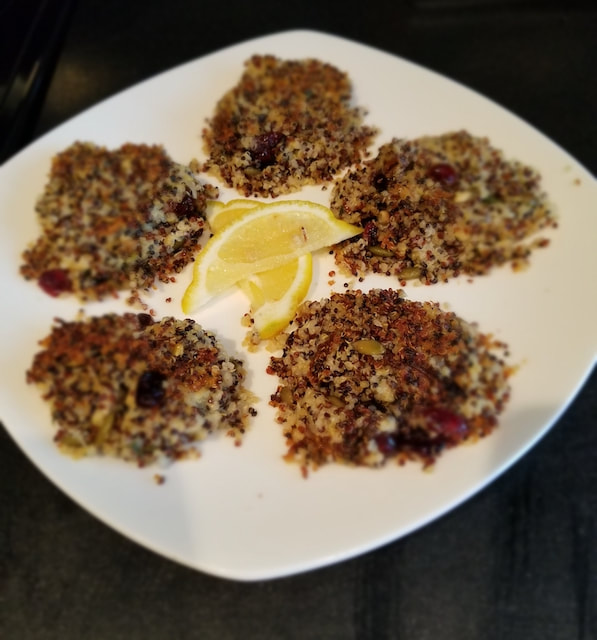
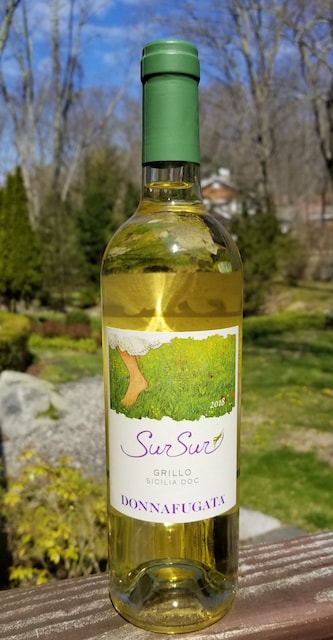
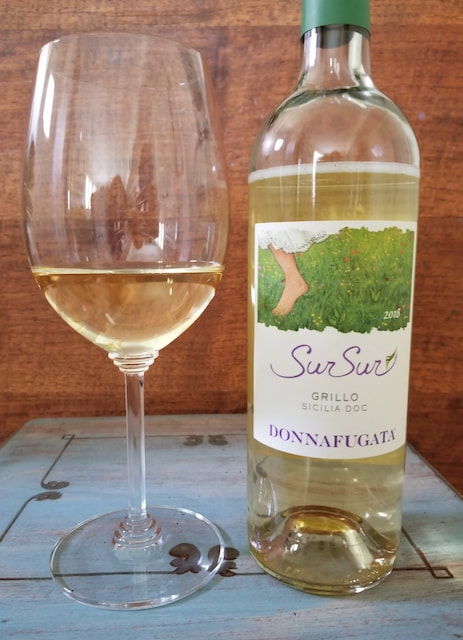
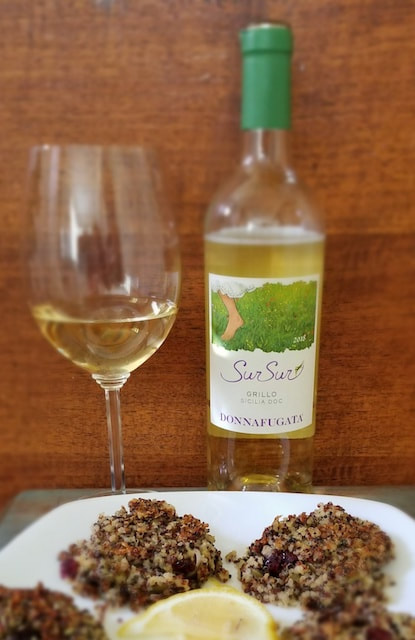

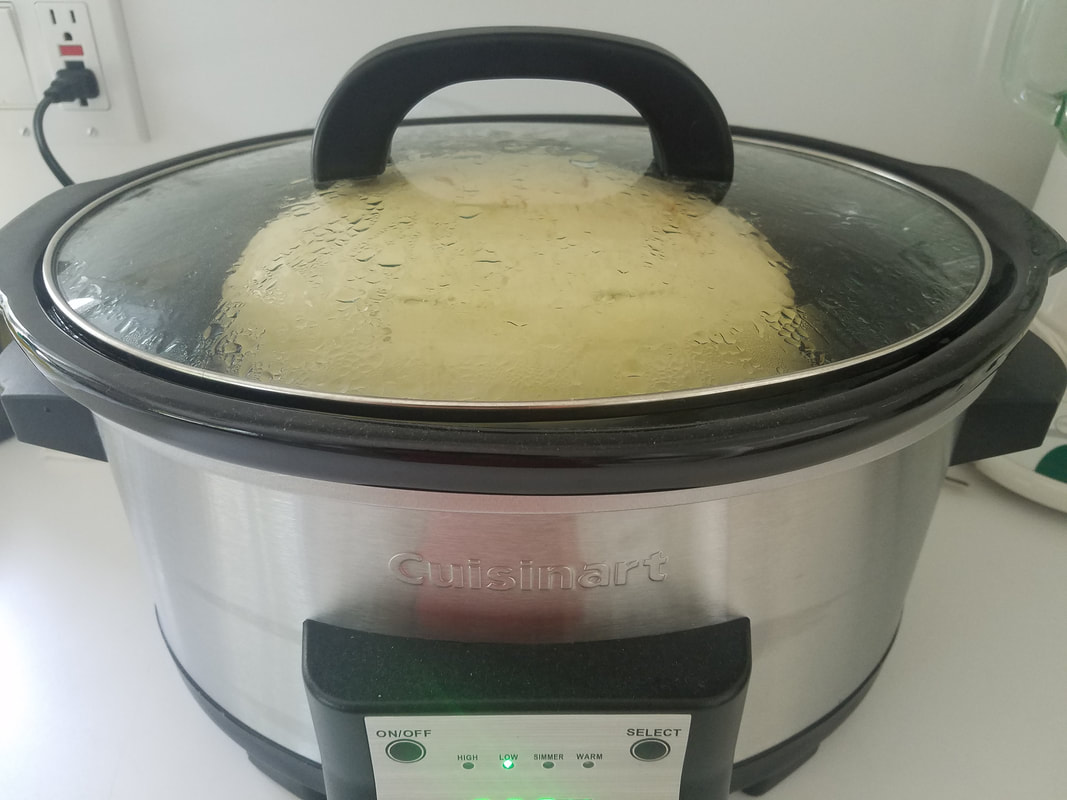
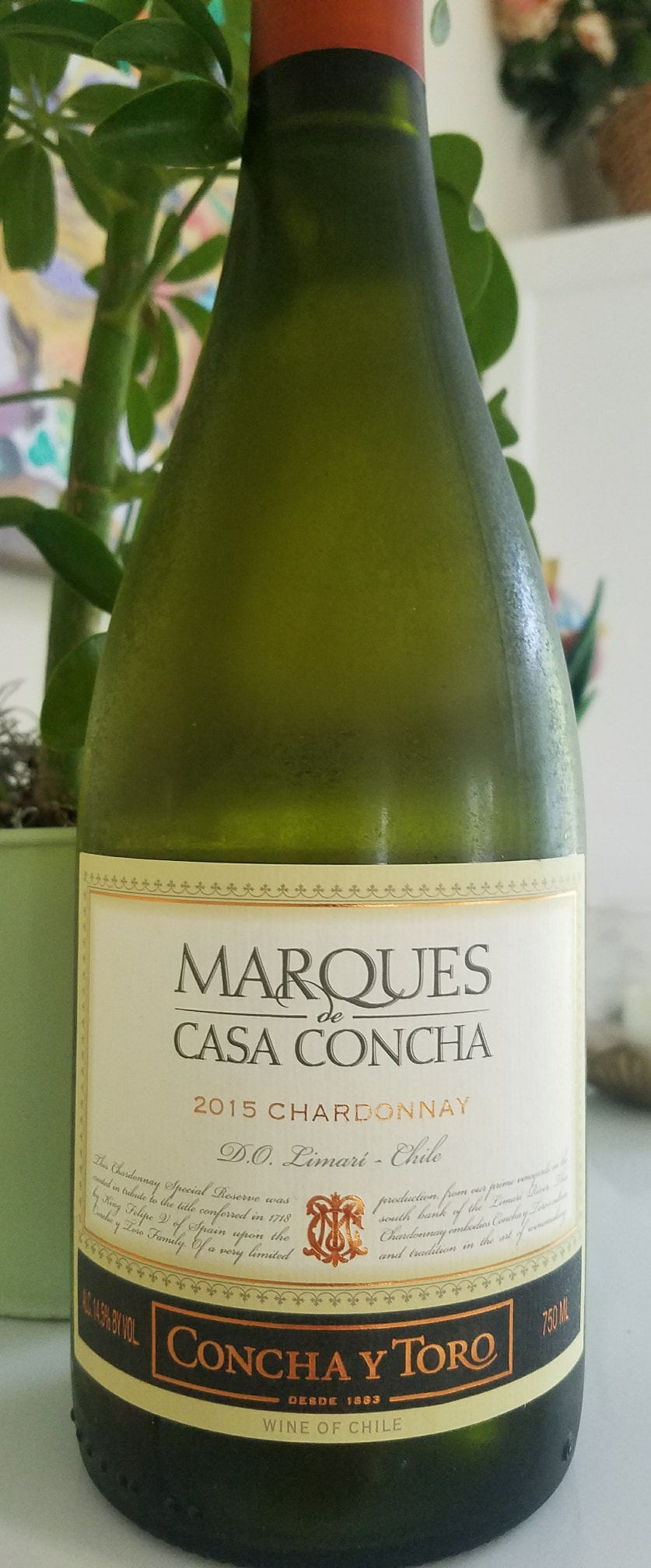
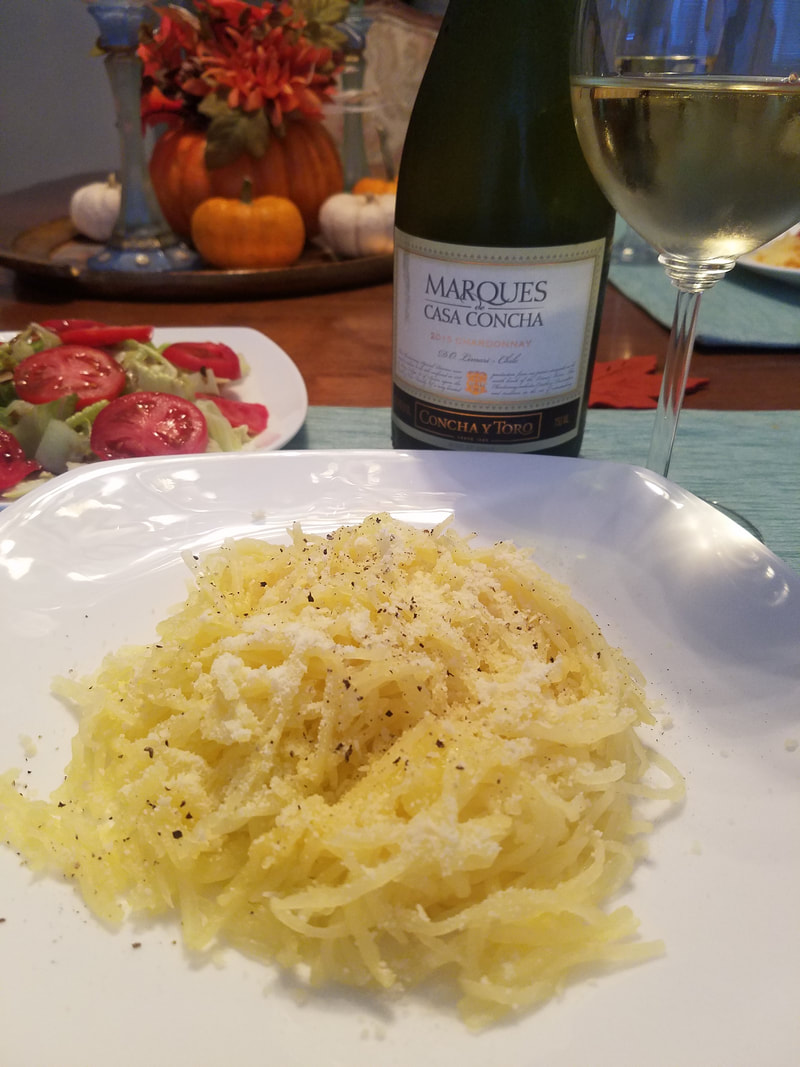
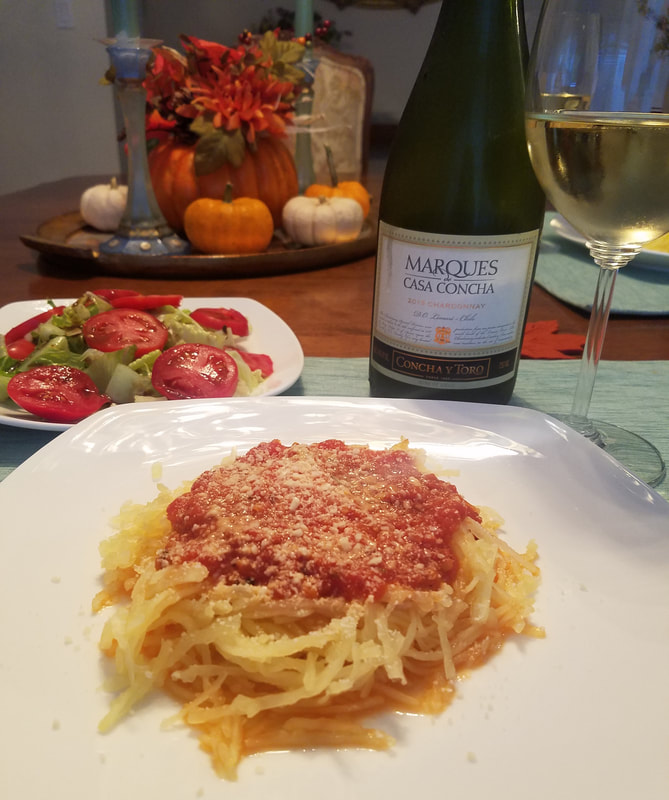
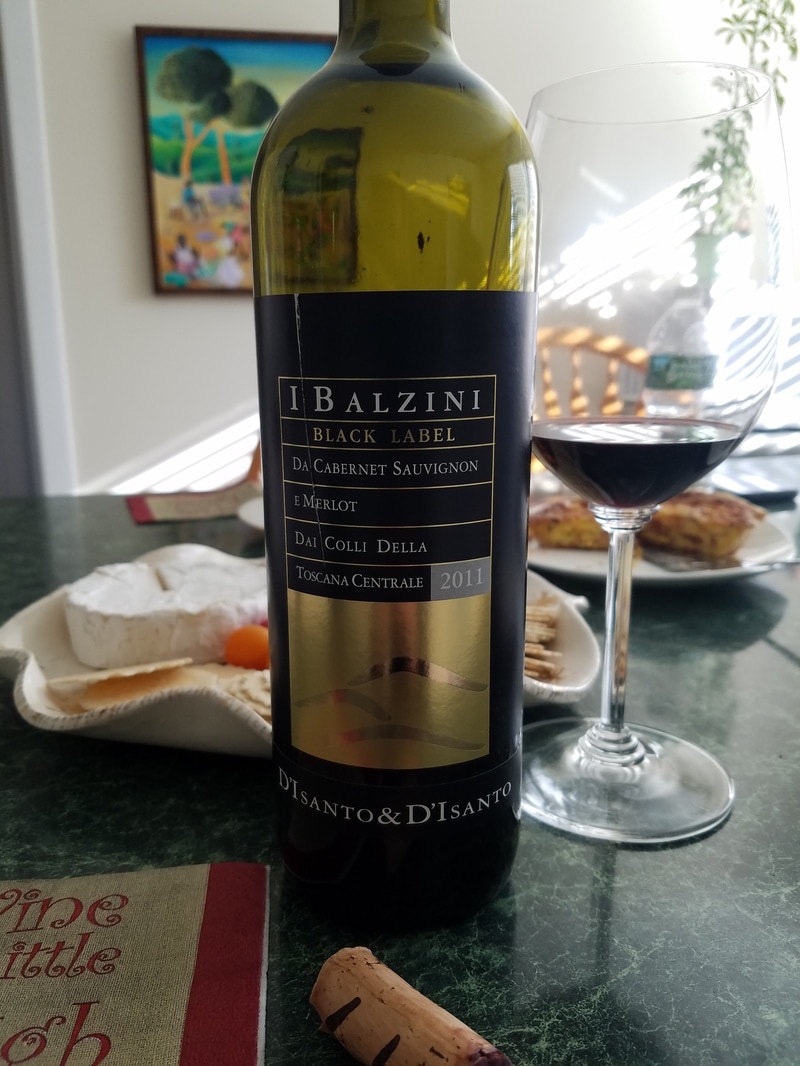
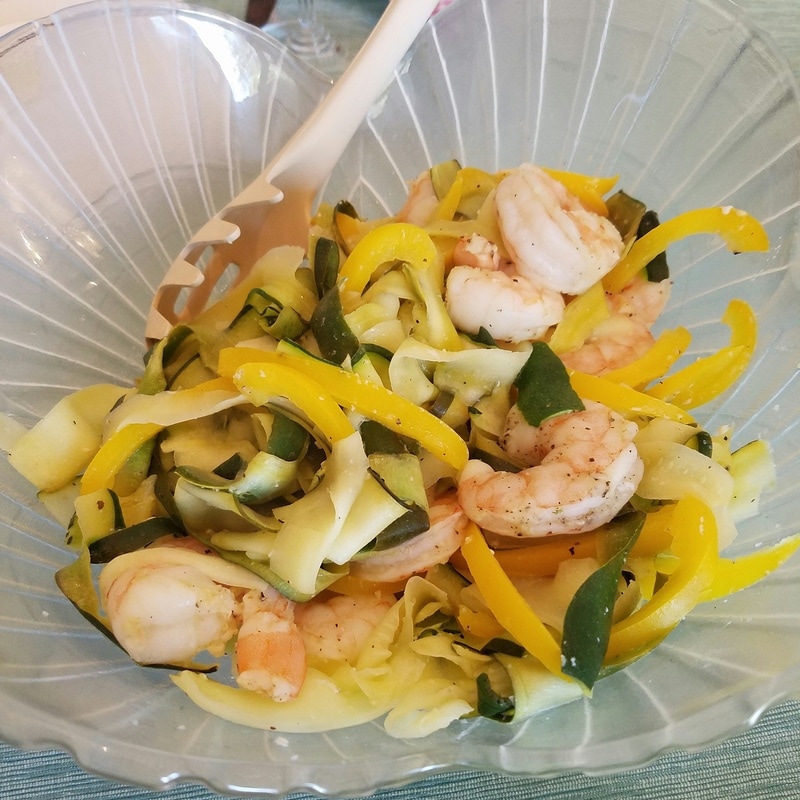
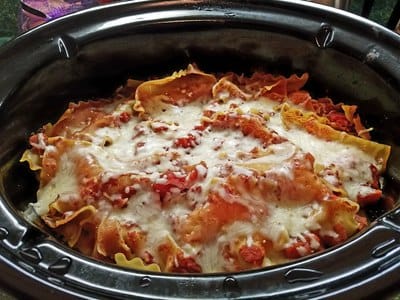
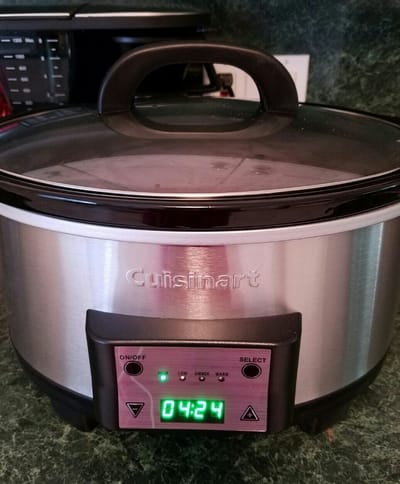
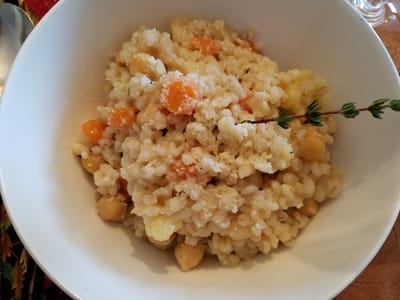
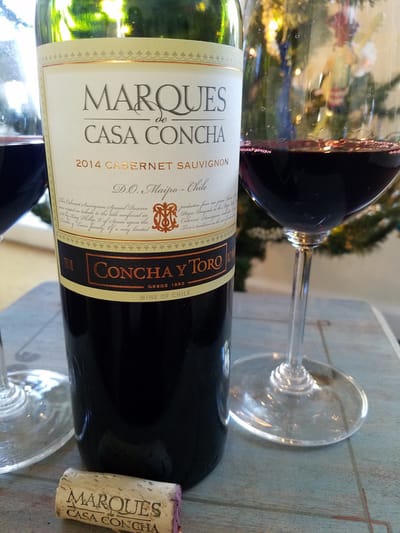
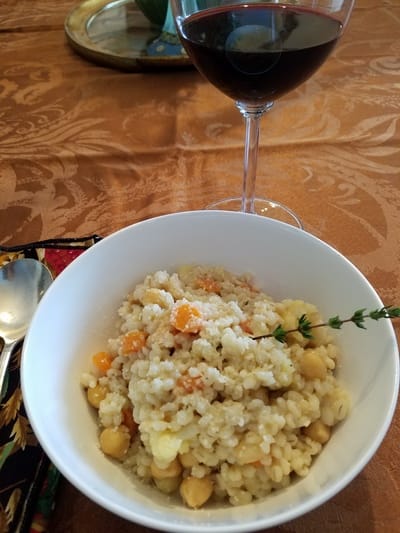
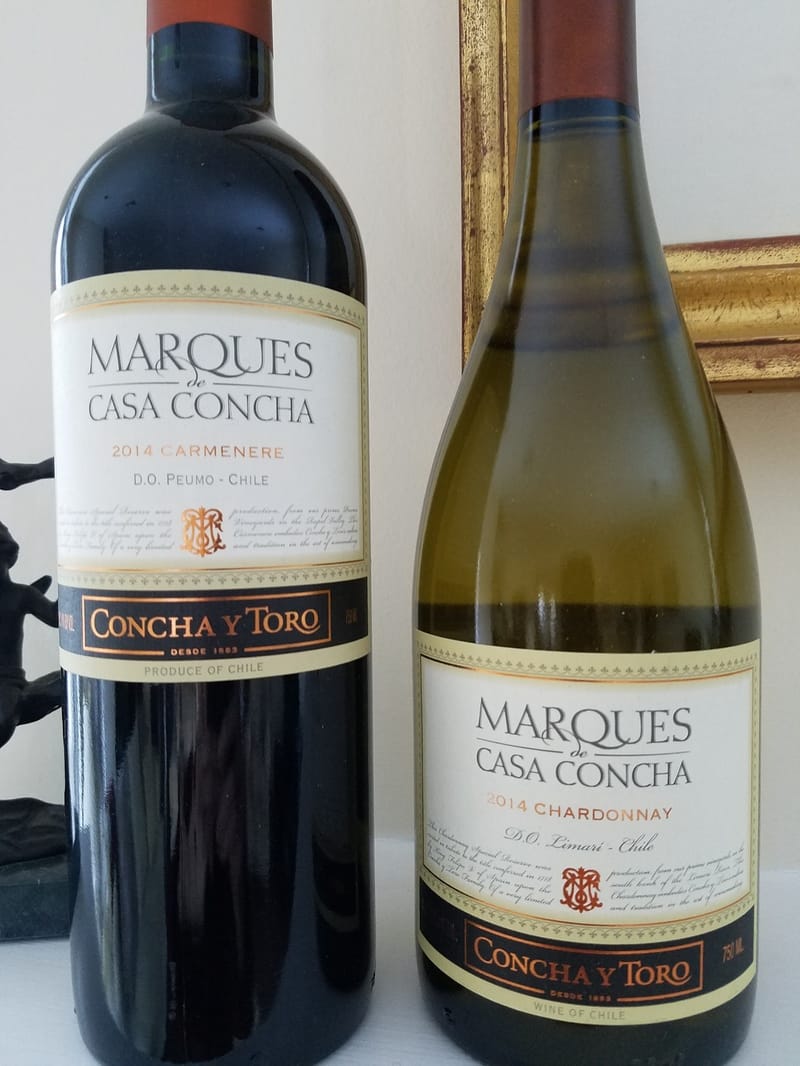
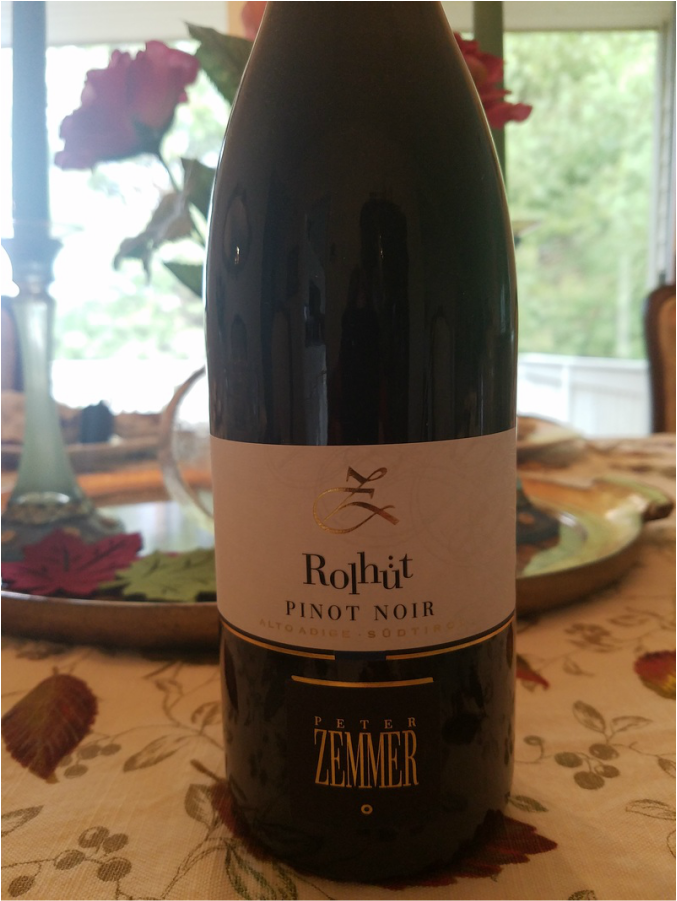
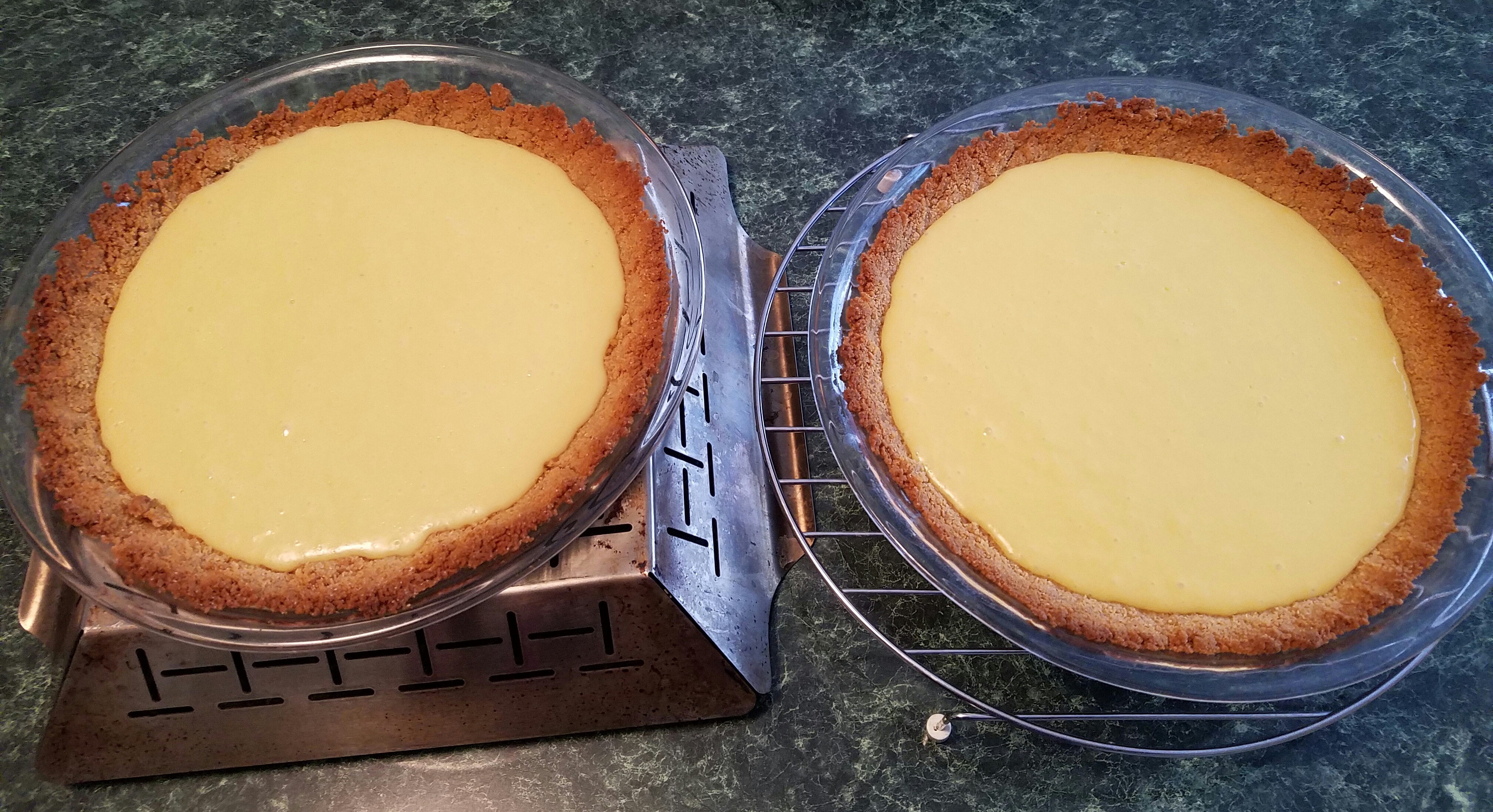
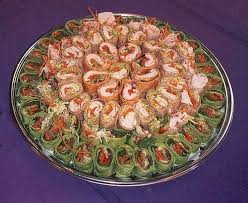
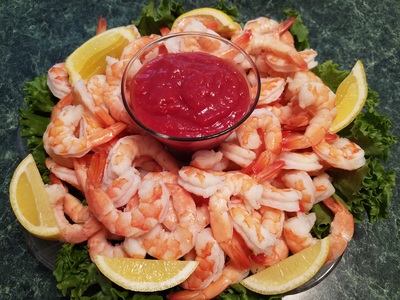
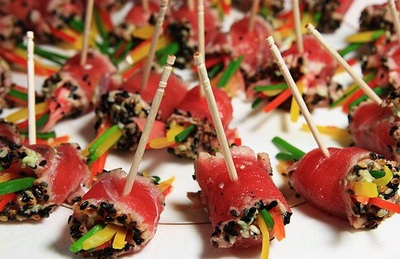



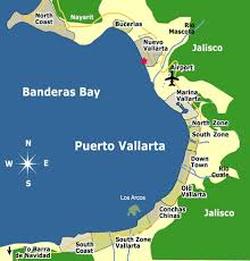
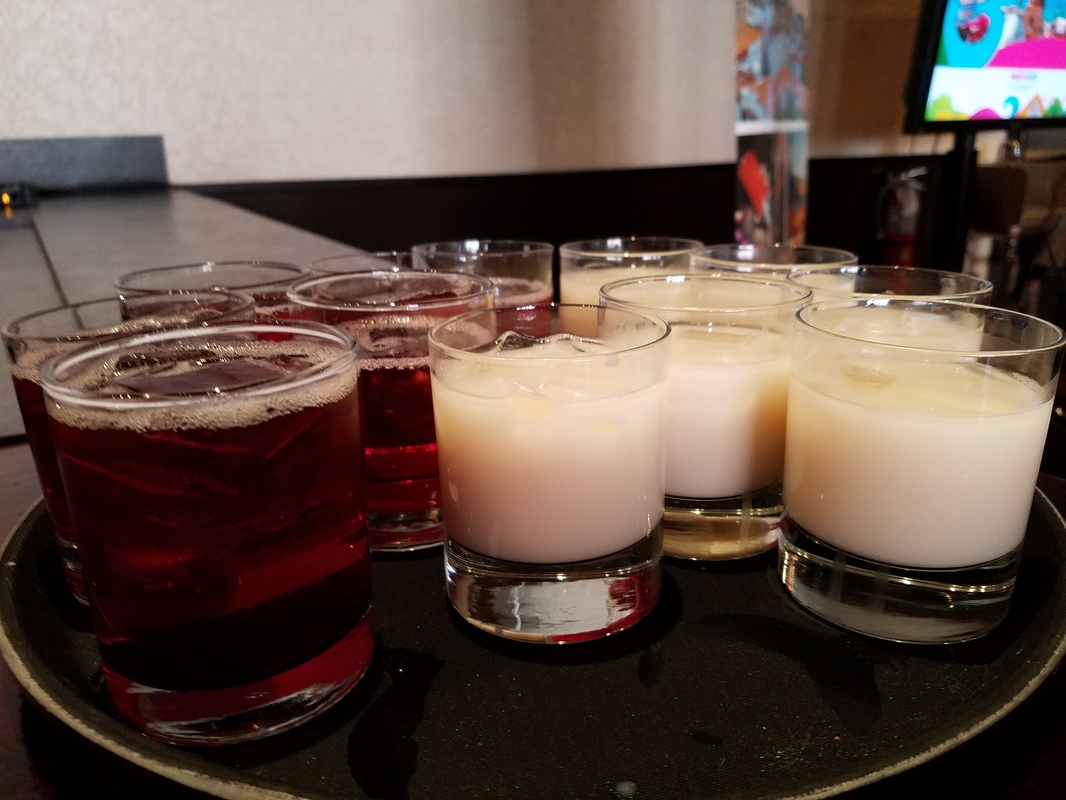
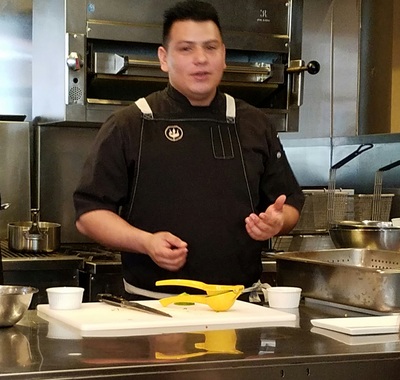
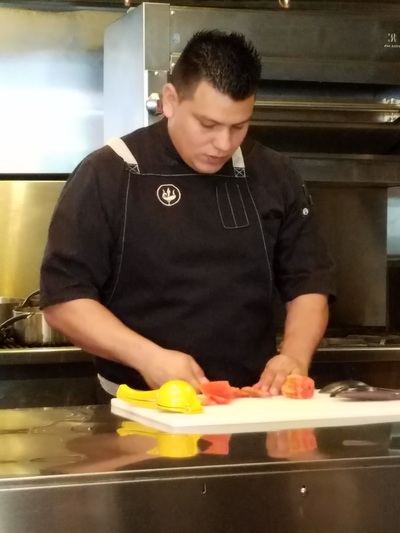
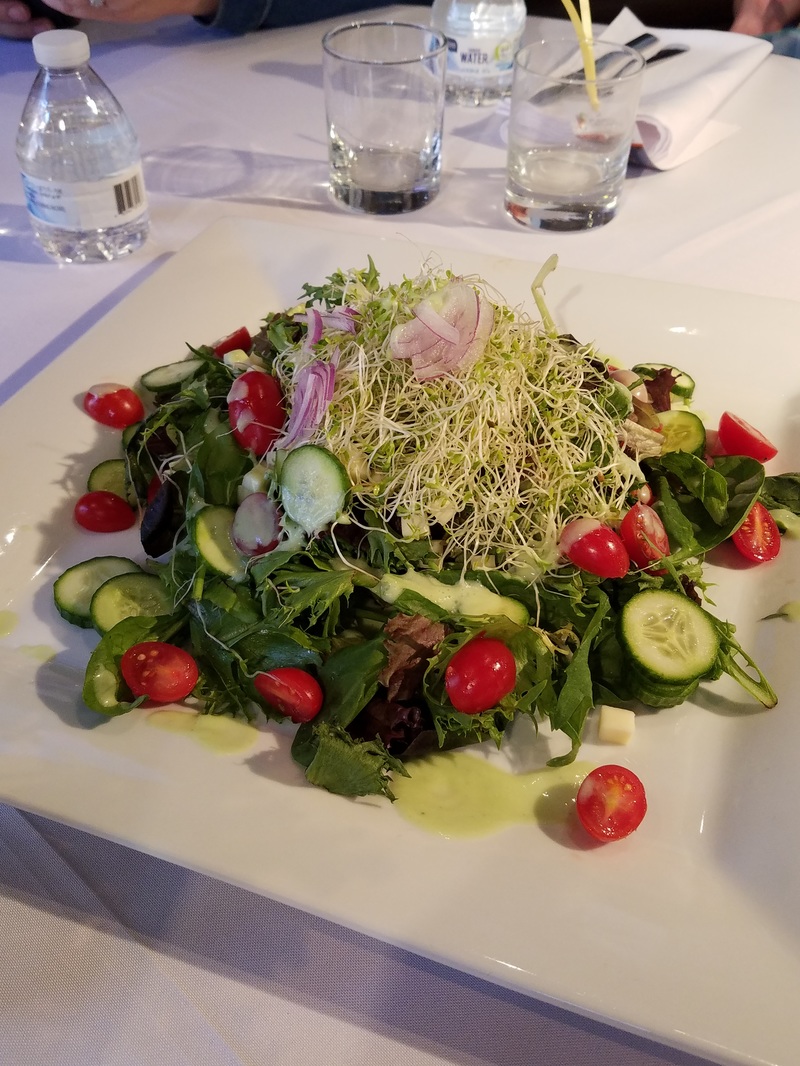
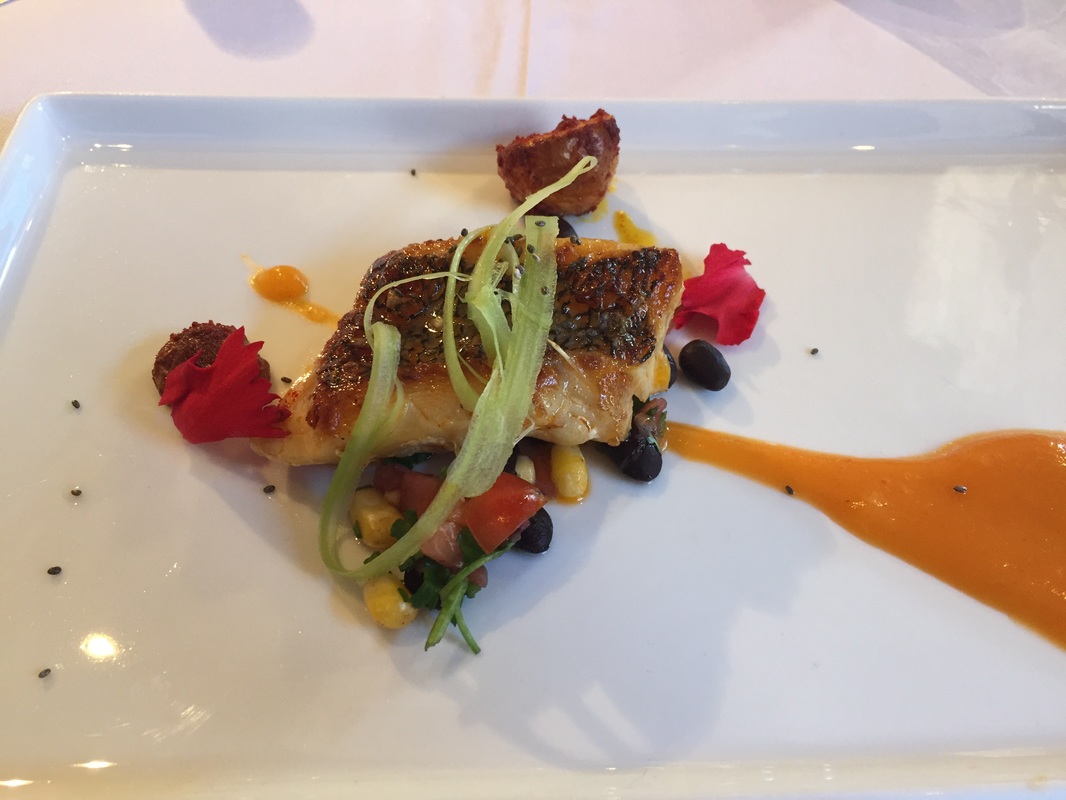
 RSS Feed
RSS Feed